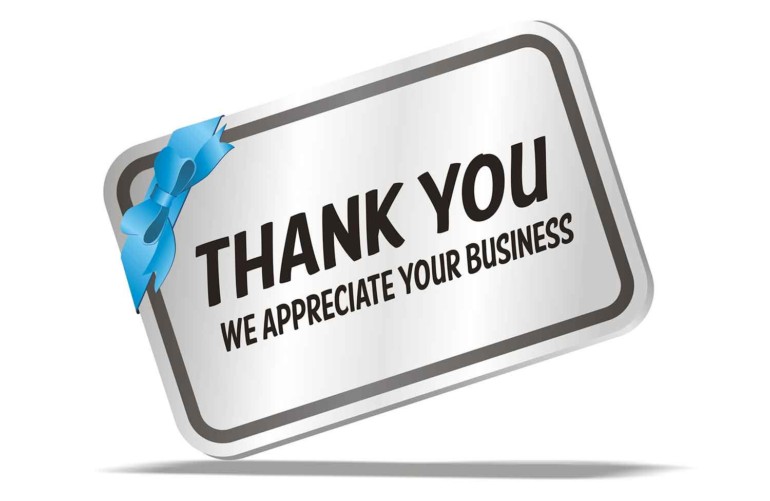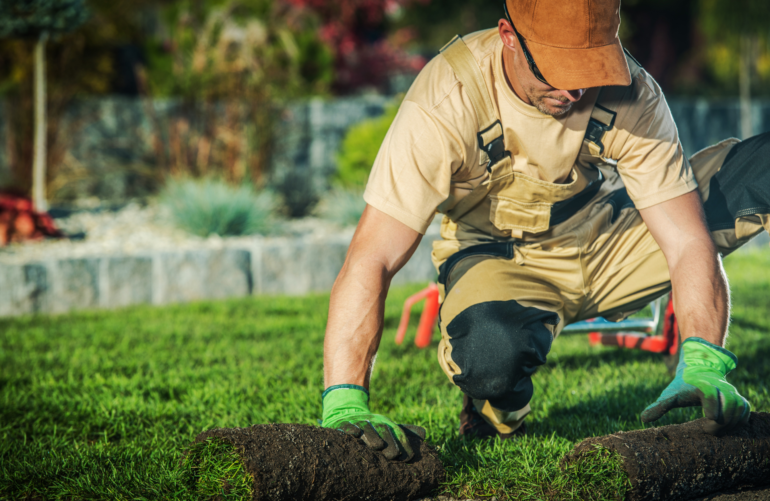“We’ve decided to stick with the annual trade show we go to every year. I’m hearing that in general trade show attendance is down. That means we’ll have to be super effective and organized to make the most of what’s there. I can’t afford to waste marketing dollars with poor results. Any suggestions?”
This reader is right. In years with low attendance, the firm with the most effective trade show game plan often comes away with the most, and best, leads. Supplementing sales with trade show leads can be a great way to boost results. It’s often the ready and near-ready buyers who attend these shows.
Success at a trade show starts with organization. Get a list of attendees and work it before, during and after the show. Lay out routines for follow up. And use goals to measure and manage activity and results.
Make lists you can use from one trade show to the next:
- registration, travel and accommodations – who gets registered, by when, who books flights, deadlines for low fares, where to stay, deadlines for cancellation or changes
- budget – most of that comes right off the registration, travel and accommodation list
- booth planning – who to contact to set up and wire the booth, when the booth has to ship, when to order handouts and literature to drop ship to the event, ordering coordinated clothing for booth staff, who is in charge of breaking the booth down and returning everything
- day-by-day plans for the hours the booth is open, who staffs each timeslot, coverage during off-hours, how to contact everyone from the company who is attending the show
Have someone else determine which prospects, vendors and clients are attending the show, and how to make contact with them:
- pre-announce what your company will be demonstrating at the show
- mail a postcard offer of a giveaway for anyone who stops by the booth
- call key prospects and schedule times to meet with them
- hospitality event invitations, and follow up calls to see who’s coming
- target specific prospects and customers:? schedule breakfasts or coffee, or walk the floor of the trade show to find them
- target vendors – look up where their booths are, or schedule time to meet
- target employee candidates – set meetings ahead of time, build a list of skills you’re looking for as you walk the show floor and visit other booths
Pick leads, then follow up. The more organized you are about lead follow up, the easier it will be:
- assign 1 person to input business cards and notes about attendees into a database at the end of each day
- meet for 1/2 hour at the end of each day to recap with everyone, gather information about prospect interests and vendor tactics, and make adjustments to the next day’s plan if needed
- email the day’s booth attendance and interests to home office, where someone immediately sends out an email with an attachment
- put someone in charge of following up with prospects as soon as they get home, to inquire about their level of interest and assign next actions; do the same for vendors and employee candidates
- lay out a 1 month, 3 month and 6 month follow up routine for anyone who expressed interest, and assign someone to stay on top of it; ask people to report weekly at staff meetings on progress
Lay out goals for the show, and regularly check results against goals. By doing this, several of our clients have been able to identify trade shows that are on the decline or, alternately, that are on a growth track. They’ve been able to adjust the schedule of shows they attend as a result.
- goal for number of sales desired from the show – pick a number, if you’re not sure – make it big enough to be a challenge
- minimum number of sales needed to pay for the show
- number of prospects with identified needs, and inquiries – work backwards from minimum and goal sales #s
- assign someone to track stats daily vs. goals and report on progress at the daily debrief meeting
- track stats for at least 6 months post show, to see how results flowed
- When it comes to going to trade shows, probably the easiest decision to make is the one about going to the show. Then the work begins. Make sure you and your staff are prepared to make the most of it by organizing before, during and after the show.
Looking for a good book? Try Guerrilla Trade Show Selling: New Unconventional Weapons and Tactics to Meet More People, Get More Leads, and Close More Sales by Jay Conrad Levinson, Mark S. A. Smith, Orvel Ray Wilson.




